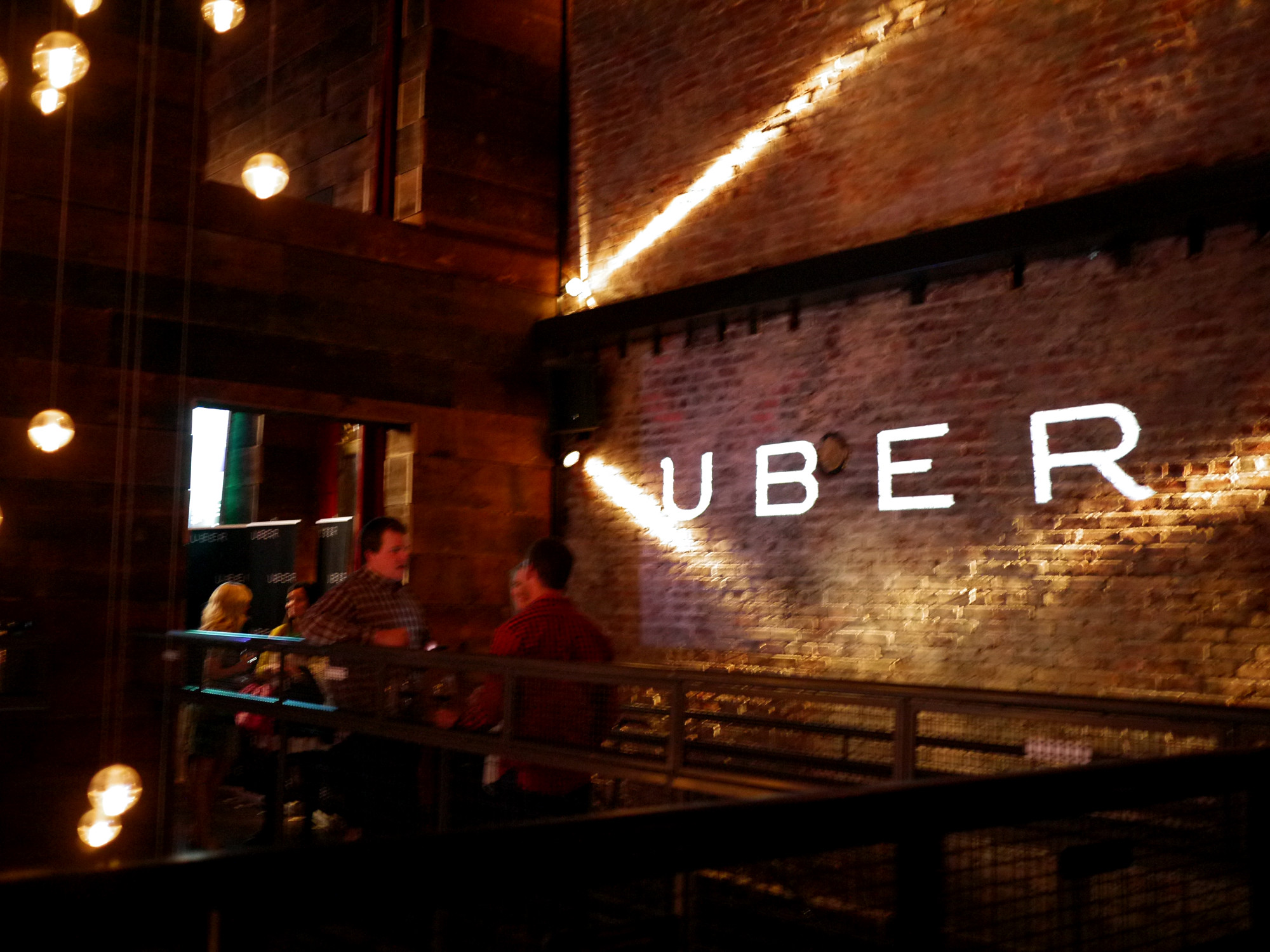A young football coach and his team playing in front of screaming fans under the Friday night lights; a small-town cop and his high school sweetheart raising their four kids; an entrepreneur scouting out locations for a new business venture. These scenes are playing out across America, and judging from the sensational standards of “Toddlers and Tiaras” and “The Real Housewives of Atlanta”, would not make a compelling pitch for a reality television show.
Enter TLC’s “All-American Muslim” (AAM): the football coach is a Lebanese-American, Fouad Zaban, and the student population is predominantly Arab. The cop is Mike Jaafar, Deputy Chief at the sheriff’s office, with seventeen years of experience in law enforcement. The entrepreneur is Nina Bazzy-Aliahmad, a married woman, scouting locations for a nightclub in Muslim-heavy Dearborn, Michigan. Suddenly, Muslims are “Just like us!” – they coach football, marry their high school sweethearts, and own nightclubs.
The recent premiere of AAM has ignited a fair amount of debate. Within the American Muslim community, debate largely centers on the authenticity of representation, relevance of story-lines, and whether the show does more harm than good in rehabilitating a vilified image of Muslims in an increasingly intolerant national context. Many American Muslims simply cannot identify with characters living in a community that is largely Arab, Muslim, Shiite, and upper-to-middle class. While the show has definite conceptual shortcomings, it also has the potential to open the door to a national dialogue that is more nuanced and meaningful.
Let’s face it: American Muslims need all the damage control PR they can get right now. Park51 brought out the worst of popular fears against Islam and a dehumanizing paranoia playing out on national television. It is unfortunate, but obvious, that before the show can even begin to address the actual diversity of American Muslim communities, it will have to start with the basics: the vast majority of Muslims are not angry wife-beating terrorists determined to infiltrate the United States and implement Sharia law. They are friendly, normal, family-oriented folks – this is where “All-American Muslim” can effectively play mediator.
Considering that 62 percent of Americans do not personally know a Muslim, the show necessarily starts by confronting stereotypes that easily come to mind. The humanizing imperative is fulfilled by using the backdrop of the Lebanese-American community in Dearborn, Michigan as a representation of the “All-American Muslim”. The cast departs from conventional stereotypes; they have familiar names like “Mike” and “Angela”, wear jeans and hoodies, and speak with a Midwestern twang.
Some within the American Muslim community have called for a boycott of the show to express their disdain for again being misrepresented by the media. Sound familiar? When “Jersey Shore” premiered in 2009, Italian-American groups based in New Jersey were outraged by the (mis)representation of Italian-Americans and asked for its cancellation; the show is now gearing up for its fifth season. AAM’s producers, like most producers, are interested in attracting a large viewership. Period. Muslims at-large are not the intended audience of the show, nor should they delude themselves into thinking there exists an obligation to represent the community’s true colors.
Depending on the success of season one, producers will have to decide whether to continue keeping up with the Amens and Zabans. Based on the reviews so far, AAM could be well-positioned for a second season to tackle more nuanced story lines. This might even make for better reality television since American Muslims are widely diverse with a range of ideologies, ethnic backgrounds, and community dynamics – all the right ingredients for plenty of drama with little to no scripting necessary.
By gradually integrating a diverse cast and introducing more apparent “Muslim” practices, AAM could, in effect, debunk false stereotypes that exist today about Islam and Muslims. On the flip side, American Muslims need to be careful what they wish for and be prepared for what they may possibly see on TV: Muslim doctors running free medical clinics in their hometowns contrasted with Muslim college students getting drunk away from home.
While the cast of the show may not represent most American Muslims, Mike Jaafar is not so bad for a spokesperson as compared to Snooki for Italian-Americans. This is reality television, after all. We cannot expect it, on its own, to solve our social problems, but it can be a catalyst for more meaningful engagement of real-world issues. We, as Americans, can aspire to the point where even our apparent differences do not have to be threatening – names with unfamiliar vowels, beards or head scarves, mosques or minarets – and more importantly, they can be considered just as “All-American Muslim” as the Jaafars with their Deputy Chief dad.
(Photo Credit: TLC)
Aisha Saad is a Rhodes Scholar at Oxford University. Salma Khan is the director of the federally funded D.C. Opportunity Scholarship Program. Saad and Khan both serve on the Board of Directors of the Muslim Public Service Network based in Washington, DC.




